Best Recording Software For Mac
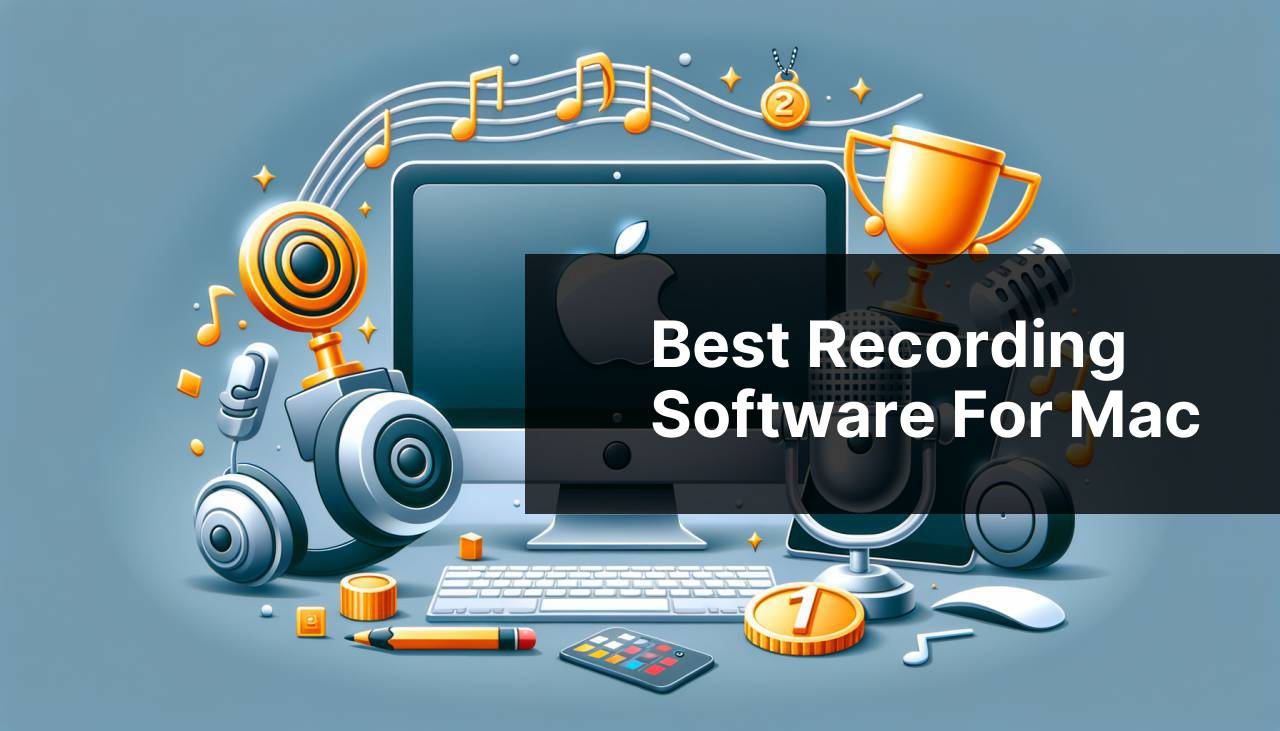
As an enthusiastic Mac user and a seasoned content creator, I’ve embarked on a seemingly endless quest to find the best recording software that complements my creative workflow. In this digital era, where content is king, having the right tools is paramount for professional-quality production. Here, I’ll share my personal experiences and insights on some of the top recording software available for Mac, evaluating their features, usability, and overall performance.
Logic Pro
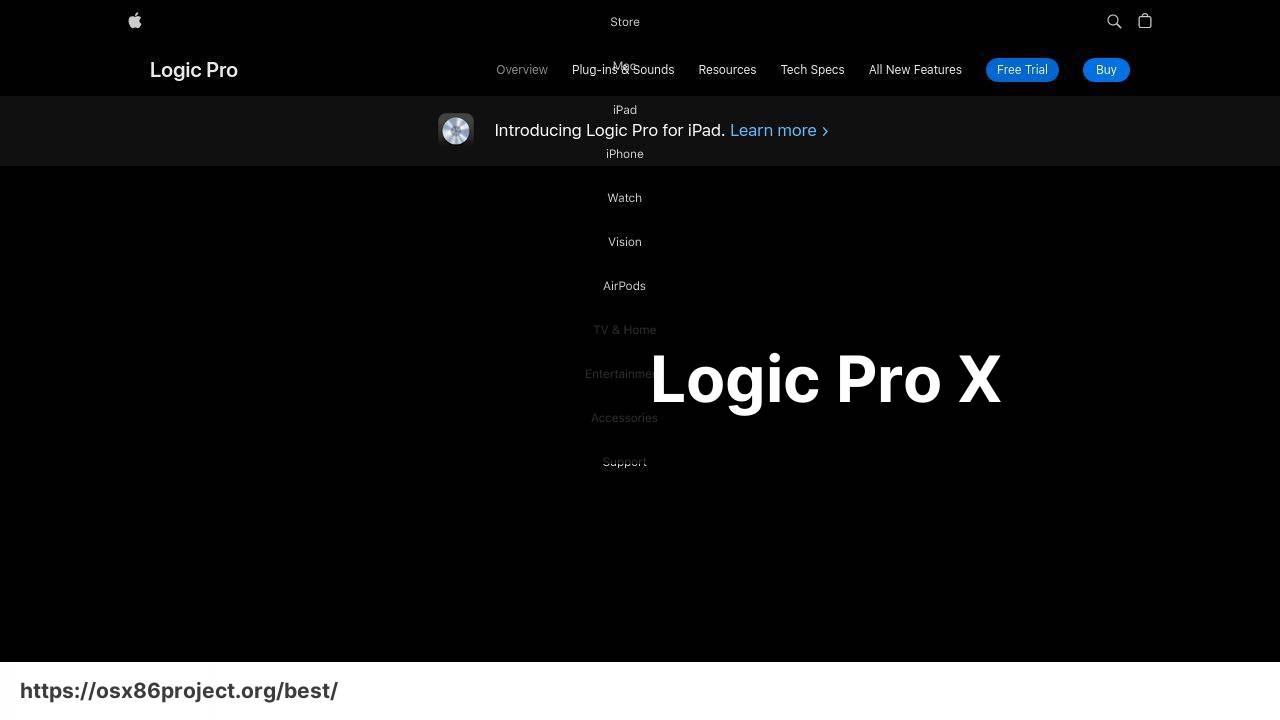
For music production on my Mac, Logic Pro has been a remarkable discovery. It’s a complete professional recording studio offering sophisticated tools that are both powerful and approachable, even for those relatively new to music producing. My passion for creating music has been met with a plethora of instruments, effects, and loops, making the creative process both enjoyable and endless.
Pros
- Professional-grade production tools
- Impressive selection of virtual instruments
- Comprehensive sound library
Cons
- May be intimidating for beginners
- Higher cost compared to some alternatives
GarageBand
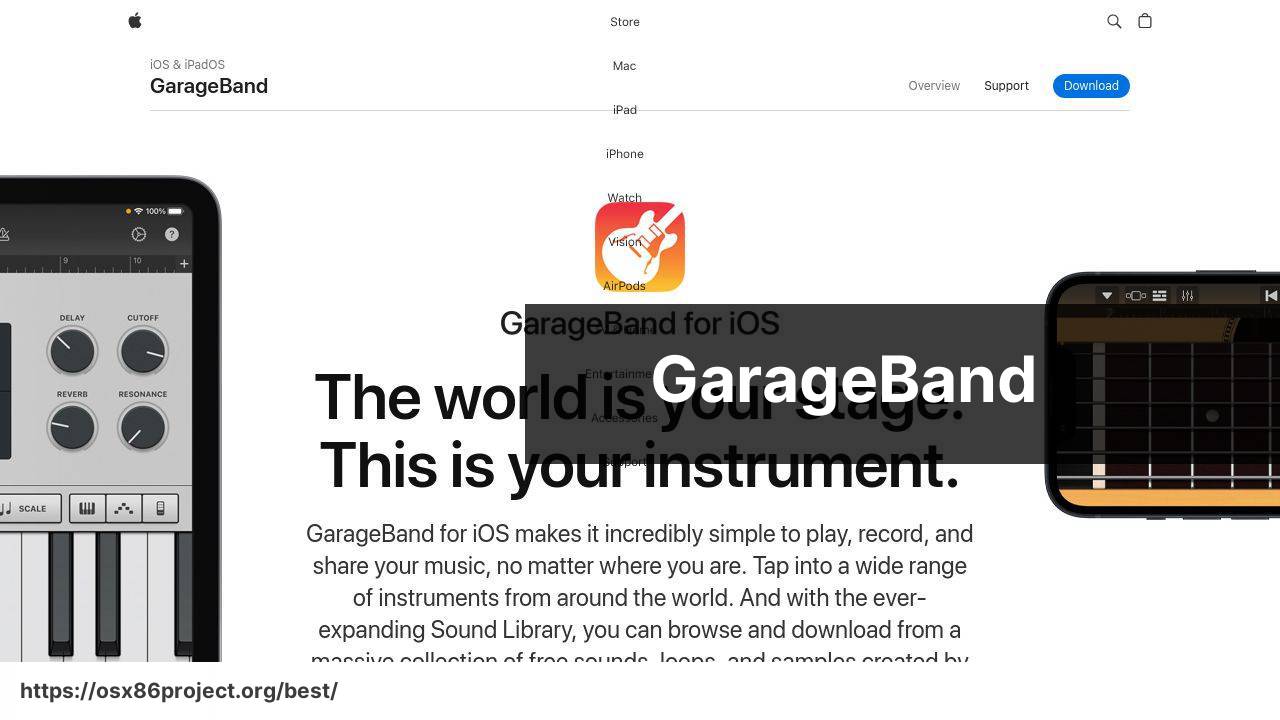
When laying down the initial tracks or just playing with ideas, GarageBand is simply unmatched in its user-friendliness. This software-turned-studio is packed with features that serve as a great introduction for beginners while still catering to the needs of experienced creators who require quick and simplistic recording. With its wide array of built-in lessons for various instruments, it’s also an educational powerhouse.
Pros
- Intuitive interface
- Free for Mac users
- Great for beginners and hobbyists
Cons
- Limited advanced features
- Somewhat restrictive for professional use
Ableton Live
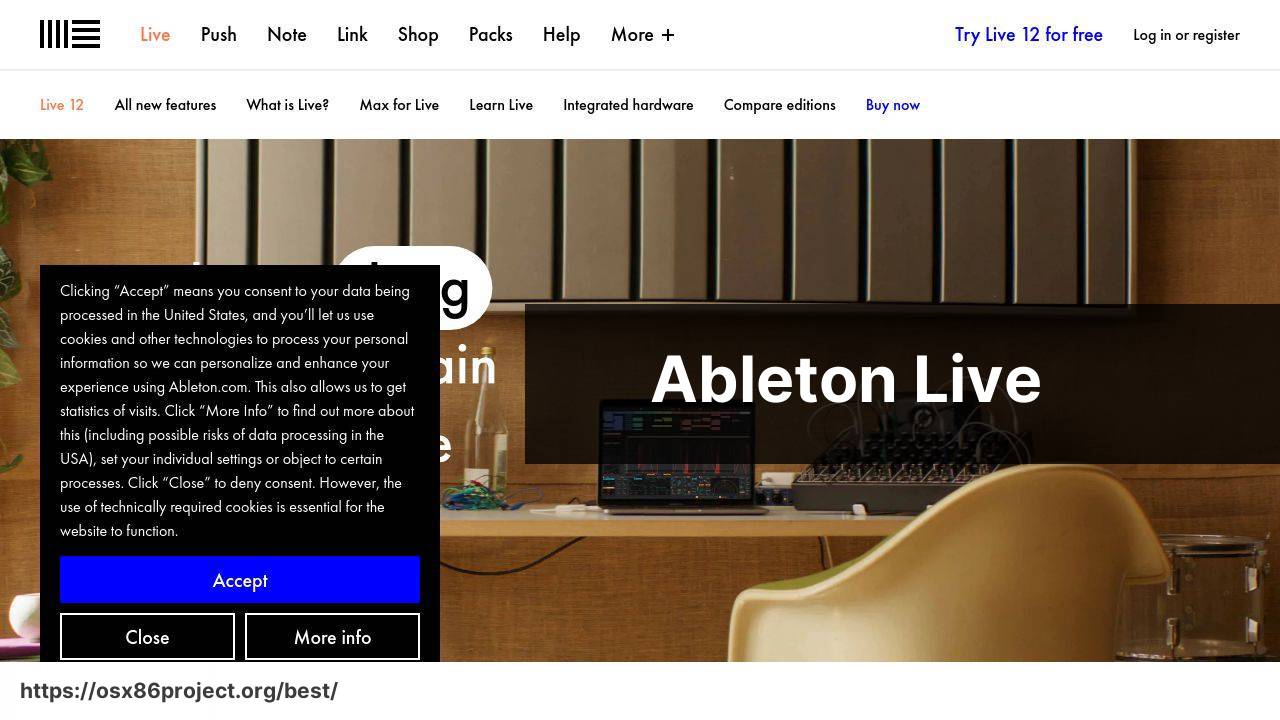
Ableton Live is a force to be reckoned with when it comes to performing live and working within a non-linear music creation process. Its Dual Workflow approach — with Session and Arrangement Views — provides an unmatched level of flexibility, enhancing both composition and live performance. While it takes time to master, Ableton Live unveils endless possibilities for those willing to delve deep.
Pros
- Innovative live performance features
- Fluid workflow with Session View
- Extensive MIDI capabilities
Cons
- Steep learning curve
- Pricier than some competitors
Audacity
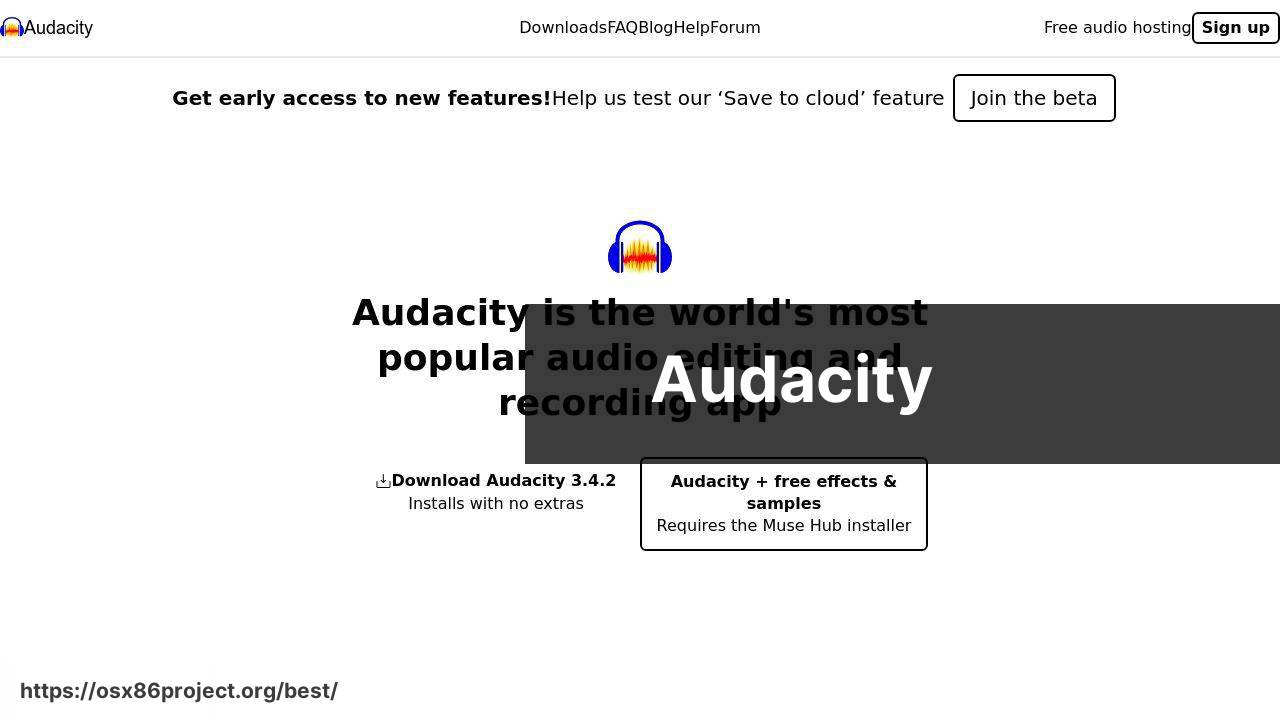
When it comes to straightforward, hassle-free recording, Audacity has often been my go-to. This free, open-source software doesn’t skimp out on features despite its lack of a price tag. It’s flexible enough for quick editing and powerful enough for more complex projects. While it may lack the polish and depth of commercial products, Audacity’s charm lies in its simplicity and accessibility for everyone.
Pros
- Completely free and open-source
- Sufficient features for basic to intermediate projects
- Supports multi-track recording
Cons
- Outdated user interface
- Lacks built-in virtual instruments
Adobe Audition
When my projects demand meticulous audio editing and post-production work, Adobe Audition steps into the spotlight. Its integration with other Adobe products is seamless, making it a powerhouse for video creators who need to handle voiceovers and soundtracks. The spectral editing capabilities and noise reduction tools are noteworthy, ensuring every track meets professional standards.
Pros
- Advanced audio editing features
- Tight integration with Adobe Creative Suite
- Superior noise reduction tools
Cons
- Subscription-based pricing
- More suitable for audio post-production than music creation
REAPER
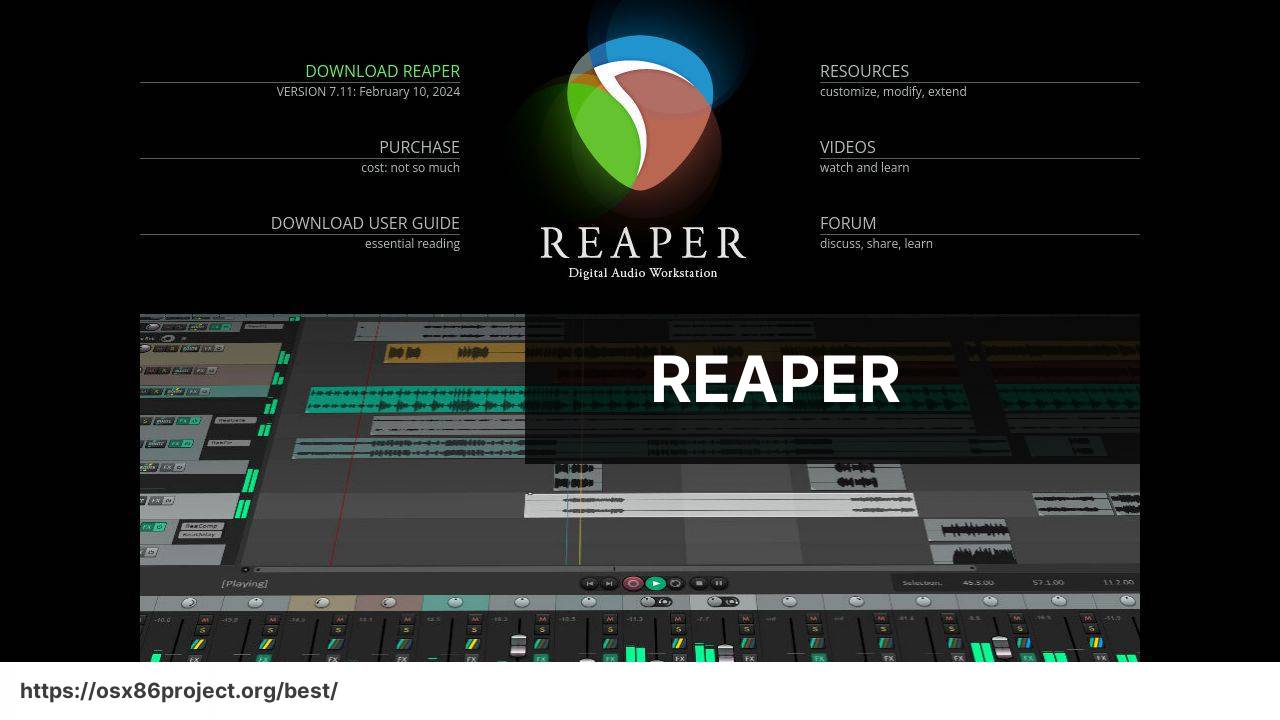
REAPER is a diamond in the rough that breaks the mold with its affordable yet feature-packed offering. It may not be as well known as some other entries on this list, but it’s certainly no less capable. The lean interface hides a robust and customizable digital audio workstation capable of supporting a vast range of plug-ins and file formats, inviting both professionals and enthusiasts into its fold.
Pros
- Cost-effective with a generous trial period
- Highly customizable interface
- Support for a myriad of plug-ins
Cons
- Interface can be less intuitive for beginners
- Steep learning curve for advanced features
Conclusion:
No matter where you are on your creative journey, finding the right recording software for Mac can be a transformative step towards achieving your goals. While we’ve mentioned a few standouts in this article, there are countless others worth exploring based on your specific needs. High-quality content creation often involves a mix of tools and software, so don’t be afraid to combine your chosen recording software with other applications like Final Cut Pro for video editing or Canva for graphic design.
The right recording software should bolster your workflow, not hinder it. Embrace experimentation and be willing to adapt your techniques with the evolving landscape of digital media production. Engage with communities, attend workshops, and, importantly, continuously seek feedback on your productions. Staying current with updates and industry trends will ensure that your repertoire of skills and tools remains as sharp as the content you craft.
FAQ
What is the most popular professional recording software for Mac users?
Logic Pro X, now known as Logic Pro, is highly regarded among professionals for its comprehensive feature set and intuitive interface. You can explore it further on Apple’s official website.
Is there a free recording software for Mac that is good for beginners?
GarageBand is a free and user-friendly option that comes pre-installed on Macs, offering a variety of tools suitable for beginners. Check it out on Apple’s GarageBand page.
Can Audacity be used on Mac for professional audio recording and editing?
Yes, Audacity is a versatile open-source audio editor that supports multi-track recording and editing on Mac. It’s widely used by professionals and hobbyists alike.
What is a good option for podcast recording software on Mac?
Adobe Audition is a powerful choice for podcast production, with advanced audio processing and multi-track editing capabilities. For details: Adobe Audition.
Are there any DAWs available for Mac that also provide video editing features?
Pro Tools by Avid offers comprehensive DAW features along with video editing capabilities, making it suitable for post-production environments.
What is an affordable but professional-grade recording software for independent artists using Mac?
Reaper is cost-effective and provides a vast range of professional features. It’s a popular choice among independent musicians and producers for audio recording and production.
Is there a Mac-compatible recording software designed specifically for musicians?
Ableton Live is tailored for music production and performance, with features that cater to the creative workflow of musicians and live performers.
What software would be best for voice-over recording on a Mac?
TwistedWave is a straightforward and efficient audio editor for Mac that is perfect for voice-over work, thanks to its simple interface and powerful processing tools.
Can you suggest a Mac-compatible recording software that’s ideal for recording high-quality music demos?
PreSonus Studio One is an excellent choice for crafting high-quality music demos. It combines ease of use with a rich feature set for recording and mixing.
Does Apple offer any professional recording software upgrades or packages for Mac users?
Apple’s Pro Apps Bundle for Education includes Logic Pro and other professional software at a discounted price for students and educators.
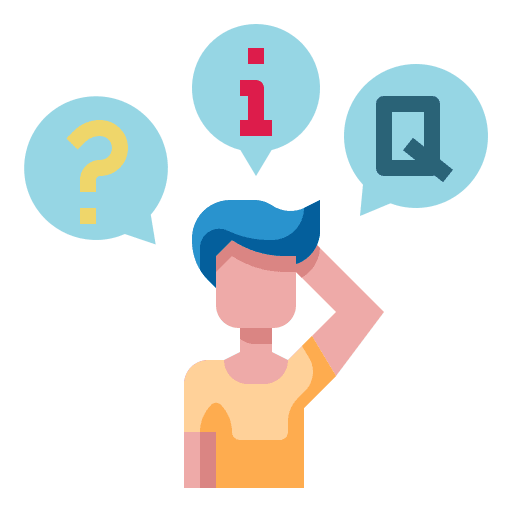 Best MacOS Apps / Software
Best MacOS Apps / Software
